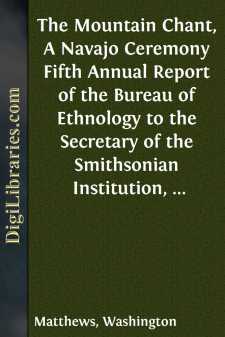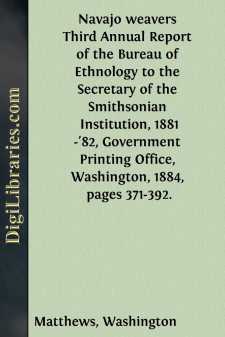Categories
- Antiques & Collectibles 13
- Architecture 36
- Art 48
- Bibles 22
- Biography & Autobiography 813
- Body, Mind & Spirit 142
- Business & Economics 28
- Children's Books 15
- Children's Fiction 12
- Computers 4
- Cooking 94
- Crafts & Hobbies 4
- Drama 346
- Education 46
- Family & Relationships 57
- Fiction 11828
- Games 19
- Gardening 17
- Health & Fitness 34
- History 1377
- House & Home 1
- Humor 147
- Juvenile Fiction 1873
- Juvenile Nonfiction 202
- Language Arts & Disciplines 88
- Law 16
- Literary Collections 686
- Literary Criticism 179
- Mathematics 13
- Medical 41
- Music 40
- Nature 179
- Non-Classifiable 1768
- Performing Arts 7
- Periodicals 1453
- Philosophy 64
- Photography 2
- Poetry 896
- Political Science 203
- Psychology 42
- Reference 154
- Religion 513
- Science 126
- Self-Help 84
- Social Science 81
- Sports & Recreation 34
- Study Aids 3
- Technology & Engineering 59
- Transportation 23
- Travel 463
- True Crime 29
Navajo Silversmiths Second Annual Report of the Bureau of Ethnology to the Secretary of the Smithsonian Institution, 1880-1881, Government Printing Office, Washington, 1883, pages 167-178
Categories:
Description:
Excerpt
NAVAJO SILVERSMITHS.
BY WASHINGTON MATTHEWS.
Among the Navajo Indians there are many smiths, who sometimes forge iron and brass, but who work chiefly in silver. When and how the art of working metals was introduced among them I have not been able to determine; but there are many reasons for supposing that they have long possessed it; many believe that they are not indebted to the Europeans for it. Doubtless the tools obtained from American and Mexican traders have influenced their art. Old white residents of the Navajo country tell me that the art has improved greatly within their recollection; that the ornaments made fifteen years ago do not compare favorably with those made at the present time; and they attribute this change largely to the recent introduction of fine files and emery-paper. At the time of the Conquest the so-called civilized tribes of Mexico had attained considerable skill in the working of metal, and it has been inferred that in the same period the sedentary tribes of New Mexico also wrought at the forge. From either of these sources the first smiths among the Navajos may have learned their trade; but those who have seen the beautiful gold ornaments made by the rude Indians of British Columbia and Alaska, many of whom are allied in language to the Navajos, may doubt that the latter derived their art from a people higher in culture than themselves.
The appliances and processes of the smith are much the same among the Navajos as among the Pueblo Indians. But the Pueblo artisan, living in a spacious house, builds a permanent forge on a frame at such a height that he can work standing, while his less fortunate Navajo confrère, dwelling in a low hut or shelter, which he may abandon any day, constructs a temporary forge on the ground in the manner hereafter described. Notwithstanding the greater disadvantages under which the latter labors, the ornaments made by his hand are generally conceded to be equal or even superior to those made by the Pueblo Indian.
A large majority of these savage smiths make only such simple articles as buttons, rosettes, and bracelets; those who make the more elaborate articles, such as powder-chargers, round beads (
), tobacco cases, belts, and bridle ornaments are few. Tobacco cases, made in the shape of an army canteen, such as that represented in Fig. 6, are made by only three or four men in the tribe, and the design is of very recent origin.Their tools and materials are few and simple; and rude as the results of their labor may appear, it is surprising that they do so well with such imperfect appliances, which usually consist of the following articles: A forge, a bellows, an anvil, crucibles, molds, tongs, scissors, pliers, files, awls, cold-chisels, matrix and die for molding buttons, wooden implement used in grinding buttons, wooden stake, basin, charcoal, tools and materials for soldering (blow-pipe, braid of cotton rags soaked in grease, wire, and borax), materials for polishing (sand-paper, emery-paper, powdered sandstone, sand, ashes, and solid stone), and materials for whitening (a native mineral substance—almogen—salt and water)....




